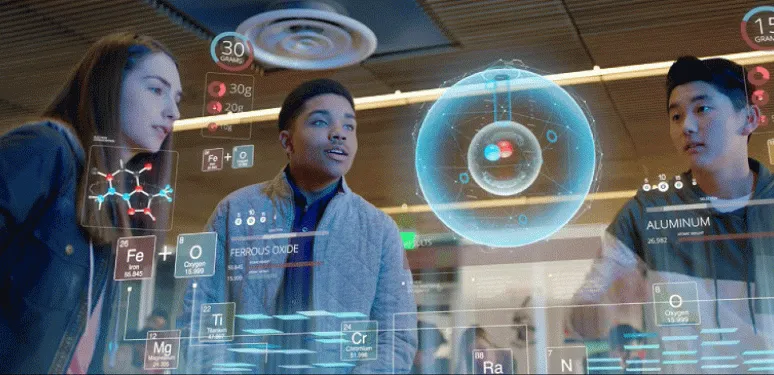“If we want to bring these innovations into the homes of our customers—things like virtual reality, connected health, connected education … the Star Trek Holodeck … the list goes on … then it’s going to take a 10G network to deliver it,” said Cox Communications President Pat Esser during a panel at CES last month. Esser’s remarks were among the highlights of an event unveiling of the cable industry’s 10G initiative, which will bring 10 gigabit speeds to consumer homes around the world in the coming years.
CES is one of the largest technology events in the world where innovators, device manufacturers and tech companies all gather to champion their visions and introduce future products and services. Nowhere else is a better time or place to highlight how critical it is to have a technology platform like 10G make all of these immersive experiences come alive.
So what is 10G?
In the simplest terms, 10G is the cable industry’s strategy to continue upgrading its networks so they ramp up from the 1 gigabit speeds of today to 10 gigabit speeds, with lower latency, enhanced reliability and greater security.
Today, cable internet providers offer 1 gigabit speeds to 80 percent of U.S. households. And while this ultra-fast internet connection is already transforming communities—both urban and rural—the number of inter-connected devices in every home will only continue to increase. In fact, Intel predicts that 50 connected devices will be the average in every U.S. home in the next three years, and traffic is also bound to increase exponentially. We need networks that can carry this kind of bandwidth so that content developers can continue to think big, technology can continue to advance, and customers can continue to reap the benefits.
“Five to 10 years from now, everybody is going to say, ‘Of course we needed 10G. How would we have ever done this service if we didn’t have it?'” said Comcast Cable President of Technology, Product & Xperience Tony Werner. Cable operators have invested over $290 billion to bring the internet to where it is today, and it doesn’t stop there. “Combined with 5G wireless and NextGen Wi-Fi, 10G will ensure consumers have access to the most sophisticated infrastructure possible in order to take full advantage of whatever the future brings,” said NCTA President & CEO Michael Powell.
Of course, no one can quite predict what the future will bring. But cable’s networks will be ready for anything that comes its way.
Check back periodically as we continue to cover 10G and what it has in store for Americans.








